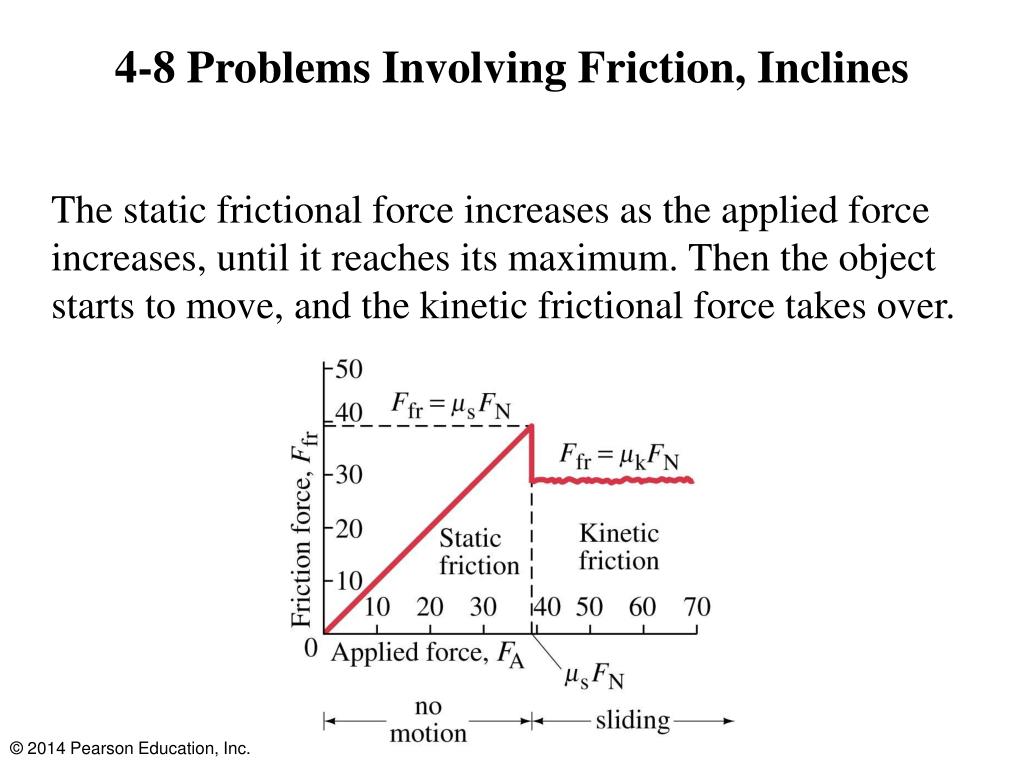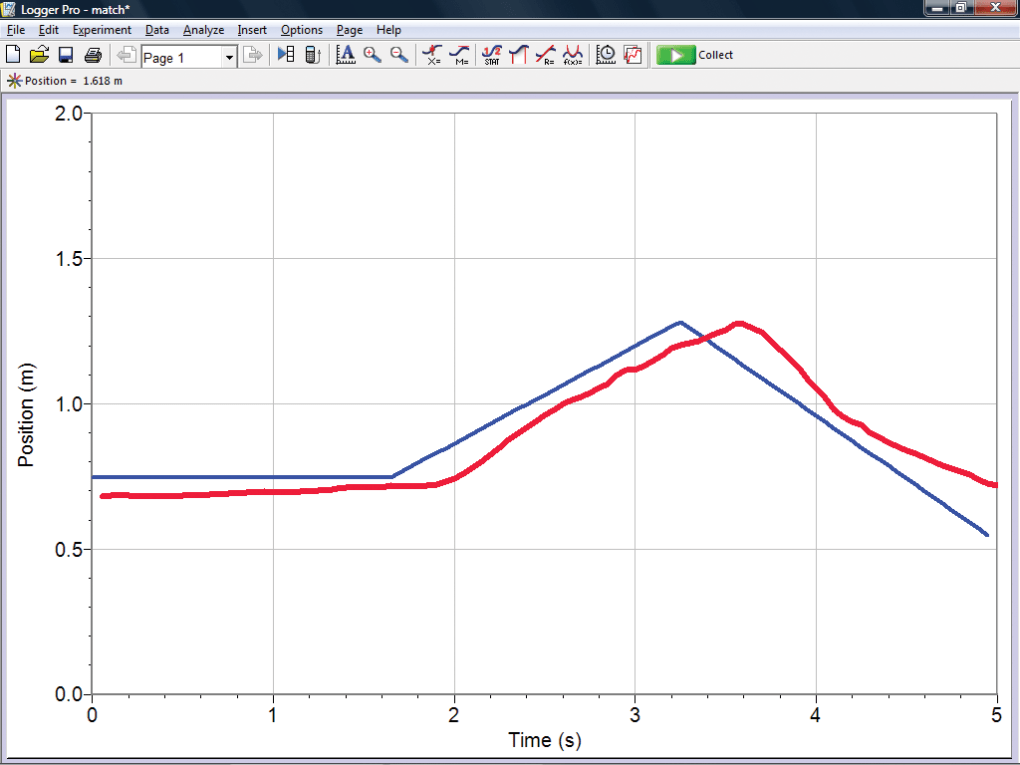

- #LOGGER PRO GRAPHS OF UP AND DOWN INCLINES WITH FRICTION HOW TO#
- #LOGGER PRO GRAPHS OF UP AND DOWN INCLINES WITH FRICTION WINDOWS#
If you can’t get Quicktime to uninstall, it is a good sign that QuickTime’s status is causing the problem with Logger Pro.
#LOGGER PRO GRAPHS OF UP AND DOWN INCLINES WITH FRICTION WINDOWS#
Uninstall QuickTime from the Add/Remove Programs in the Windows Control Panel, and then re-install it from:

Only for Logger Pro version 3.10.1 and below: something wrong with QuickTime.However, uninstalling and reinstalling LabView is a lot of work to do correctly, so don’t try this until you know that that is causing it (see step 7).

LabView isn’t required for any part of Logger Pro, but LabView will work with our hardware and so we share some libraries with LabView if it is installed.
#LOGGER PRO GRAPHS OF UP AND DOWN INCLINES WITH FRICTION HOW TO#
Plus, there was more reasoning and discussion about what the slopes and intercepts mean and how to model the situation rather than a focus on solving equations.While attempting to start Logger Pro, you may encounter the following issues: It was something that even students with weaker math/algebra skills could find accessible. It went well this way, and took about 40 minutes from start to finish. Then they tested their predictions and included their Desmos graph in their notebooks. Once the mistakes were realized, it was a quick fix in Desmos - much less frustrating than reworking a set of simultaneous equations. And still some groups used the y-intercept from their Logger Pro graph as their starting point instead of the starting point they were assigned. Some groups just used the sign from their Logger Pro graph (positive or negative, depending on whether they made their buggy move towards or away from the motion detector).

Surprisingly, there were some interesting mistakes in this stage: Some groups didn’t use the proper sign for the slope to indicate a buggy heading north/south. For me, the physics is in formulating the correct models to type into Desmos, not actually solving the set of simultaneous equations or graphing them by hand. Careful advance planning let us have a variety of collision scenarios - some head on, some where a fast buggy catches up to a slow buggy moving in the same direction.ĭesmos: Groups were then required to model the collision scenario in Desmos in order to determine the collision point. Position, not distance: Pairs of groups were then assigned a starting position relative to an origin (marked on the floor) and a direction of motion. They printed a copy of the graph and taped it into their lab notebooks. This also reinforced the concept that the slope of a position graph represents velocity. They learned how to select portions of the graph and how apply a linear fit. Logger Pro: Students used a motion detector and Logger Pro to find the speed of their buggies. This year, I decided to shy away from the calculation aspects of the buggy collision lab and instead use the activity to get students more familiar with some of the digital tools we’ll be using throughout the year. In the end, one person in the group typically does the calculations while her partners just copy her work. Also, since only the separation distance is given, there isn’t much focus on the position of the buggy and students are less likely to use a graphical method to find the collision point. Groups that have poor experimental design or data collection techniques won’t calculate the correct buggy speed, which means they won’t accurately predict the collision point. It’s fun, but there are some frustrations. Once they calculate the answer, they are given their buggies back to test their prediction. Each group pair is then given an initial separation distance for their buggies and are asked to predict the point were the buggies will collide. Lab groups take data to determine the speed of their buggy, then the buggies are quarantined and groups are paired up. College-Prep Physics: Modeling Instruction’s standard lab practicum for the constant velocity unit is colliding buggies.


 0 kommentar(er)
0 kommentar(er)
